Taking a break from the usual photo-stream, I've decided to participate in an initiative which the travel blog BootsnAll has created. Starting November 1, they launched a project called 30 Days of Indie Travel. They’re inviting bloggers from around the world (including you!) to join us in a daily blogging effort reflecting on our past travel experiences. Each day, they'll post a new prompt on BootsnAll articles. Bloggers can follow the prompts as strictly or loosely as they like, interpreting them in various ways and responding via text, photos or video posted on their own blogs.
Today's theme: Love Learning
Travel and learning go hand in hand. Travel teaches us not only about the world and the people in it, but also more about ourselves and our own ideas and values. What has travel taught you this year?
Today's theme: Love Learning
Travel and learning go hand in hand. Travel teaches us not only about the world and the people in it, but also more about ourselves and our own ideas and values. What has travel taught you this year?
Well this topic is kind of ironic, really, in the sense that for the past few months I was helping a Canadian University, Queen's, to promote a very cool new Study Abroad program to young aspiring students and adults in search of something out of their normal vacation alike. The first line I would use when introducing this product, Queen's Blyth Worldwide, was "It's impossible to travel somewhere else in the world without learning something about your destination... unless you try very hard not to." With that being said, mind you, there's many different things to be learned, be it of yourself, your values, your destination, the people or cultures, the wildlife, the history, the list goes on and on.
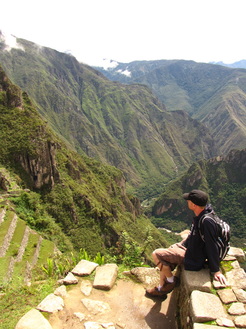
In the past year, I was fortunate enough to travel fairly extensively (as has been the case for the past decade really, but I'll focus on this year as per the outline). I'd have to say, between my trips to Peru, Argentina, India and Antarctica (North American travel aside), the common theme of my learning over this past year was truly expanding my already vast appreciation for Nature. In past travels the main focus has often jumped from cultures, to music, to architecture, to food, and so on and there's often a fairly even marriage between all the learning and experiences which are present, however this year there was an imbalanced emphasis put on nature.
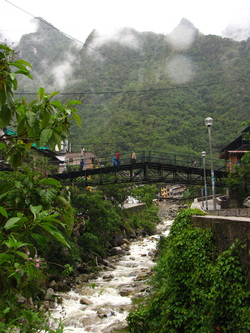
Aguas Caliente at the base Machu Picchu
Perhaps it was the train ride that plummeted us from the heights of the Andes in to the depths of the Amazon jungle, before our ascent back up to the top of Machu Picchu. Within the ruins, it's buildings having been carefully laid out in a way which seemed to mimic the peaks of their facing mountain counterparts, embodying their surrounding nature in to the entire layout of the ancient city itself. While travelling through Peru, you can't help be be a bit overwhelmed by the sheer beauty that exists in all it's varying climates. I've been to jungles, mountains and deserts before, though the gentle balance the Peruvian landscape encompasses them was truly astounding. It's nice to see that the government has started to recognize the importance of sustainability over the past 6 years, with implementations of Inca Trail closures for natural regrowth, and limiting entry on to the trail on a daily basis to reduce the impact. It's a small step in the right direction... one which will hopefully be mimicked in many other delicate parts of the world in the near future.
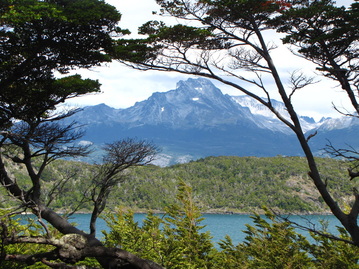
Tierra del Fuego National Park
Argentina is a country known for it's Malbec wine, it's Tango, and it's beef steaks - but it is also known for it's incredibly rugged and seemingly pristine mountain range, Patagonia. While there, my time was short, but I managed to go on a day hike into Tierra Del Fuego National Park, near Ushuaia, on the southern-most tip. I could have spent weeks walking around this beautiful landscape. As I came over a hill on a trail in the forest, a little brown fox trundled past, barely glancing over as it casually hopped along the trail. The cold Antarctic waters brought with them tiny penguins which play along the coast there, and the forest is overrun by cute little jack rabbits (which may explain the nonchalant, kind of plump fox we passed). In addition to this, there is endless horizons of snow peaked mountain ranges, and the forest is quite dense with green foliage and healthy trees. I remember thinking to myself, "Mother nature's one sexy MILF".
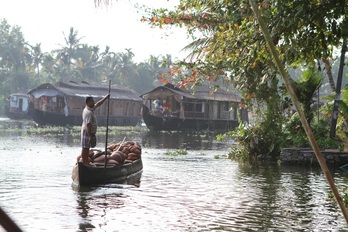
Backwaters of Kerala
Southern India, more specifically in the state of Kerala. Having started the journey towards spirituality of the mind and soul in Northern India about 10 years prior, this was a very interesting return to a country I thought I had begun to understand. The south is quite different. Less populated. More people are educated. Tropical. It's one of those places where if there is a square inch on the ground which can sustain life, something will grow there. With an abundance of Tiger reservation parks, tea plantations and of course the beautiful and lush backwaters, this journey brought with it a much more spiritual connection with the nature you surround yourself with... it still has the Indian flavour (and we're not talking masala), but in a very tranquil (or as they would say "shanti shanti") fashion to it. I had gone in assuming to know what I would find here, and as the saying goes I just made an ASS out of U and ME by doing so. It definitely allowed itself to be reinvented for me, learning never to judge a book by it's cover, or even if you've read through a couple of the chapters, because the whole story can be much more robust and diverse than you originally gave it credit for.
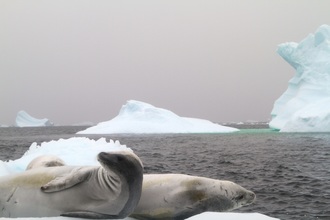
Some fur seals relaxing on an ice float
Antarctica - where does one begin with the learning of nature majesty which takes place here? No words or photo's can ever do it justice. It is the epitome of what is left of our "natural, unadulterated world". The feeling of being there, and sitting in absolute silence, listening to the crackling of the ice shelf, the cool Antarctic breeze, the honking of baby penguins waiting to be fed. Nothing is as pure as those moments. To see the shear size of the ice burgs as they drift by, knowing that each one is but a memory of a prehistoric ice shelf, slowly crumbling into the sea. The fragility of the eco system, as incredibly fierce and unforgiving as it may seem, is one of the most delicate in the worlds, and at greatest risk of human impact which is currently causing this incredible land before time to disappear.
That leads me to my conclusion, which may come across as a bit harsh, however, when you experience so much diversity in the world (especially when condensed to just over a few months), its hard not to feel connected to it, and affected by it. The realities of the destructions of man kind become more and more evident the more I travel. The more you try to learn about the natural beauties you are seeing, the more you learn how they are quickly disappearing beneath our noses. Every single one of the spots I travelled to is being impacted in one way or another. Be it all the tramping up the trails of the Andes, to the deforestation in the Amazon or in Patagonia, the melting of the ice cap in Antarctica and the glaciers in Patagonia caused by the heightened CO2 levels we're producing, the terra-forming which took place in the backwaters causing erosion, along with the removal of the mangroves and the controlled salt water irrigations to kill off the bacteria... it's happening everywhere. The worst part - everyone already knows this... and it's still happening. So although I already "knew" about a lot of these things, the first hand learning you experience when you actually see the damage being done brings this to a whole new level. Maybe not the "fluffy" happy blog it may have seemed when I started off, but I had to bring you in to that beautiful world as I had done so, to be able to shine a more honest light on the problems which presented themselves to me and to the same clarity.
Solutions? I'm sure there's many - be responsible with as much as you can comfortably do in life, such as using public transit, not buying items with lots of packaging, buying locally grown food, and the list goes on... but also be mindful of all this when travelling, and choose the most green options whenever possible. I could tell you all about my methods, but I'm much more interested to know.... How do you plan on making a difference?
Solutions? I'm sure there's many - be responsible with as much as you can comfortably do in life, such as using public transit, not buying items with lots of packaging, buying locally grown food, and the list goes on... but also be mindful of all this when travelling, and choose the most green options whenever possible. I could tell you all about my methods, but I'm much more interested to know.... How do you plan on making a difference?
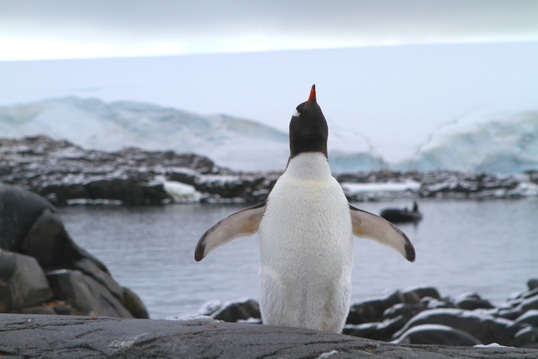
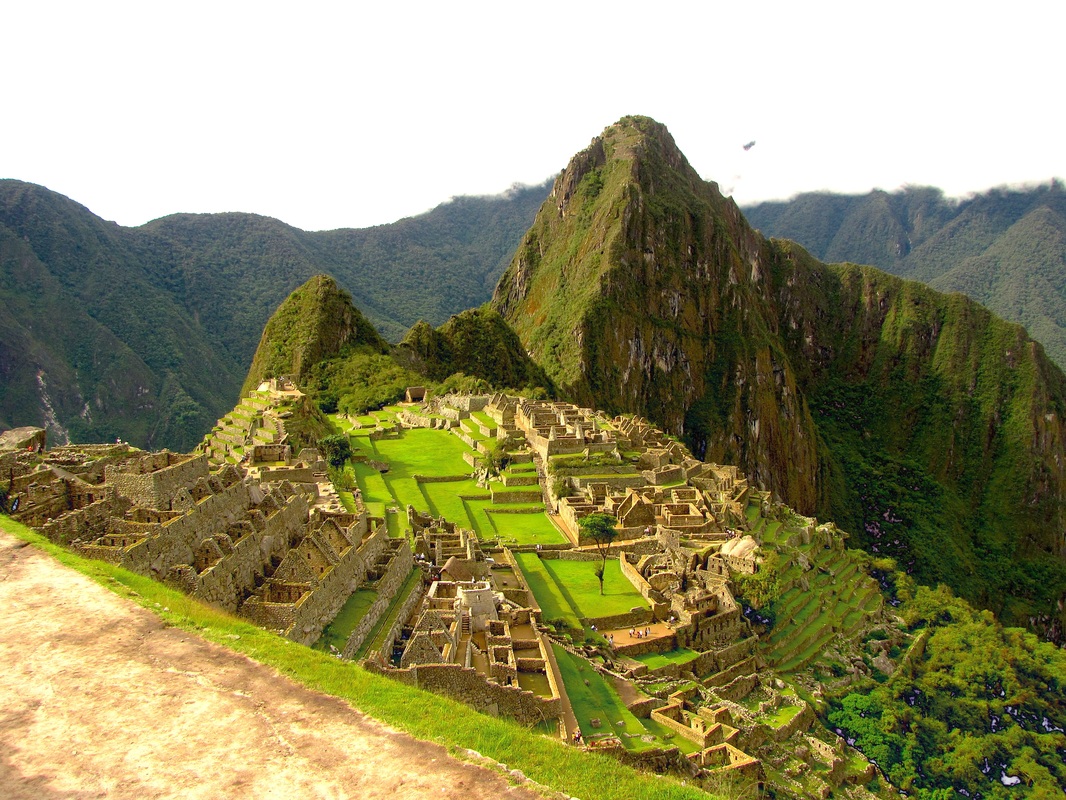
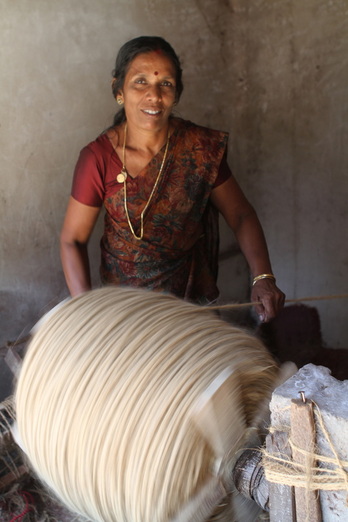
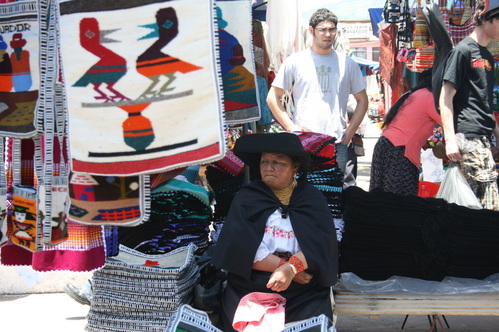
 RSS Feed
RSS Feed

